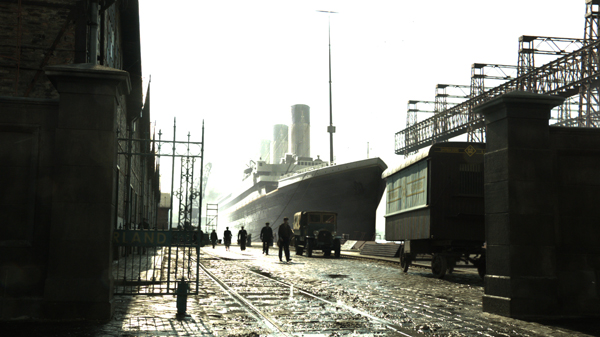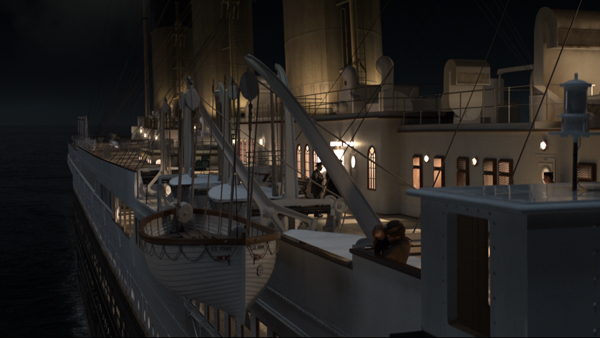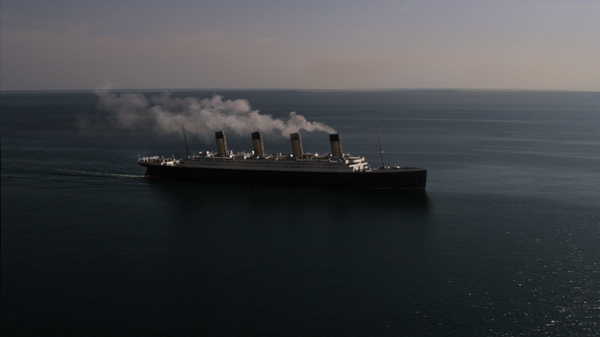
‘Titanic’, a four part TV series, was created to mark the 100th anniversary of the world’s most famous maritime disaster in April 1912. Spin VFX created the Titanic asset of over 1TB and 4,000 parts, delivering 55 shots.
|
The series sets out to tell the story not just of the ship, but of contemporary society as Europe headed toward the First World War. It was released in March and April 2012 through ITV1 in the UK, ABC in the US and Global Television Network in Canada. Authenticity was a crucial factor for the producers. Fortunately, the Spin VFX team found a wealth of historical material exists covering all aspects of the Titanic. VFX Supervisor Colin Davies said that the production provided them with a large amount of material and they did our own research when required. When they built the Titanic asset, it amounted to over 1TB and 4,000 parts. Completing it took the team of about 18 artists from April 2011 to January 2012. |
|
 |
|
Colin explained that all rivets, portholes, mooring holes and door openings were created procedurally. “We used the procedural method in order to get more accurate placement and orientation of the objects. But more importantly we wanted to constrain the amount of geometry, and this method allowed us to avoid adding a lot of additional geometry that would have been required to maintain smooth curves for the portholes and other features. We used Pixar RenderMan’s CSG objects to cut into the hull for the mooring cleats and portholes, and also used the same technique for the rivets. We used custom code to place the objects on the hull using curves derived from the hull geometry.” |
|
 |
|
The ship comprised four million polygons and textures, rendered in sub-layers using Renderman shaders. Custom shaders were written for the hull, deck and deck paint, which allowed them to tune the look procedurally, greatly reducing the amount and size of texture maps that would have been required otherwise. “We output all of the AOVs into exr files, including a large number of IDs that allowed us to easily to isolate and modify the look of the ship,” said Colin. “This saved a lot of re-rendering and allowed for quick look development in Nuke. Textures were used for features like drips from portholes, which were painted in Photoshop or The Foundry Mari. In a couple of cases we painted shot specific texture maps for dirt and grunge. |
|
 |
|
“But no displacement maps were used to model the hull of the ship. It's all hard modelled in order avoid the huge displacement maps that would have been required to cover the entire hull with the level of detail we needed. It is a deceptively simple task but, because of the need to have inset, overlapping plates that require hard edges yet still maintain the smooth sweep of the compound curves, it proved to be quite a challenge.” |
|
 |
|
Close attention was paid to details such as correct flags, depending on the port the ship was located in at any time. The series involves a full range of times of day and weather conditions as well. “We had the HDRIs from the set that we used for most shots to determine and set up the correct lighting, and on the remainder we tried to key off of the lighting in the plate or surrounding shots. We also had very good lighting diagrams that helped in a few shots. We needed to pay close attention to where the Titanic’s position was in any given shot, so that time of day, light and weather maintained continuity.www.spinpro.com Words: Adriene Hurst Images: Courtesy of ITV PLC 2012 |
|


















